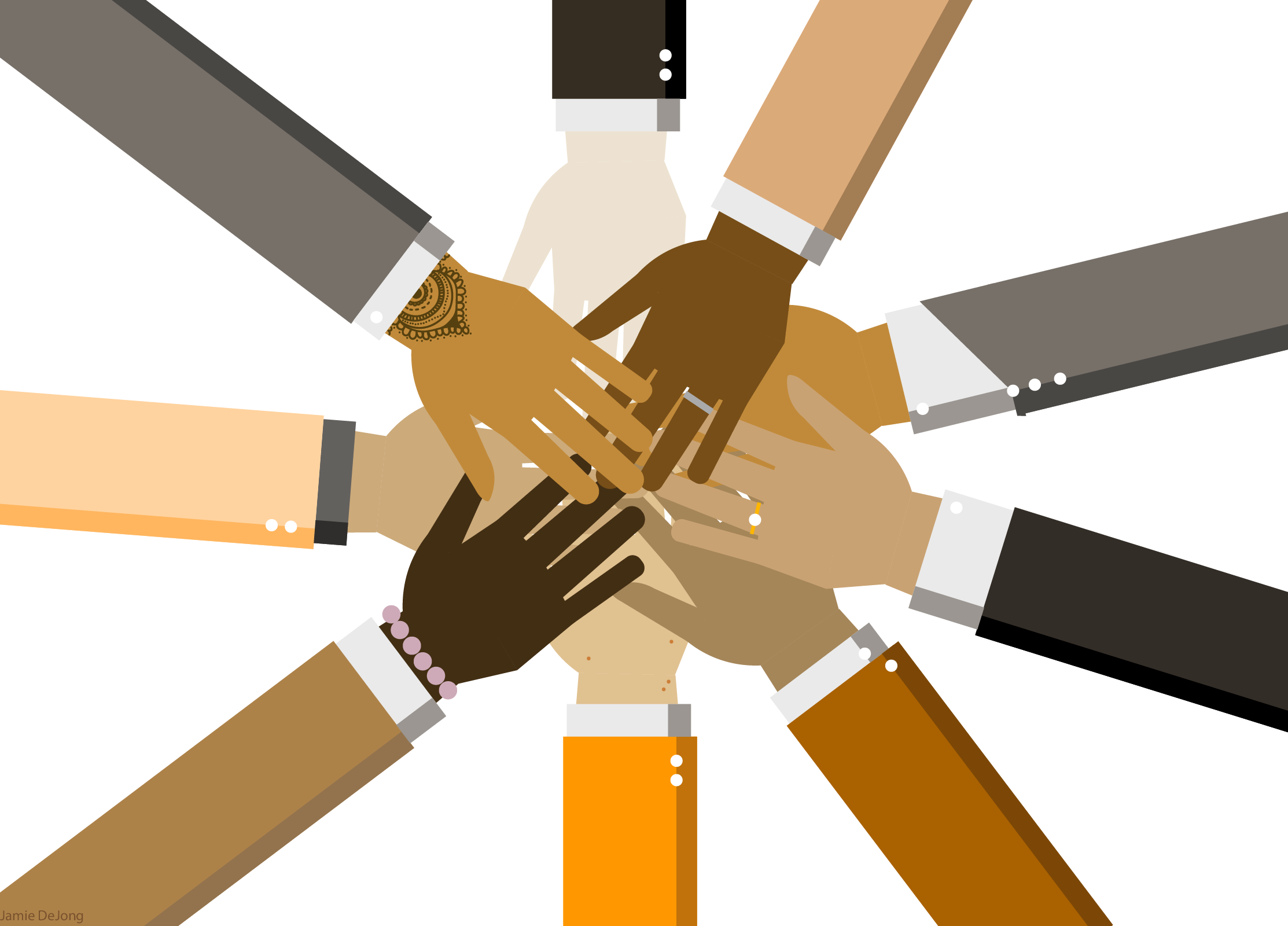
Team Huddles
Disclaimer: The content of this blog are my views, observations and understanding about the topic based on my personal experience.
Huddles are brief discussions that focuses on the action plan of the day and allows for quick changes to the workflow based on the needs and the priorities of the task. Huddles generally last up to 10-20 minutes and it enables the team to anticipate any special situation that needs focus.
The goal of a team huddle is to be an effective and efficient tool for communication within the team. This works because they draw a pattern of thinking that may not always be true to everyone at their individual level. This type of daily, or twice-daily practice is beneficial to the entire group of participants because everyone begins to think like a team. Huddles provide an opportunity to share one’s plan for the day and prepare for any changes in the task provided, also helping to avoid last-minute surprises.
Three steps for an effective team huddle:
1. Set up a Team Huddle Routine
2. Identify roles during the Huddle
3. Improve and evolve the Huddle over Time
Set up a Team Huddle Routine
To have an effective team huddle, it is mandatory to make it a daily practice. In order to make it more productive, it is important to involve all of the team members so they can be included and present. This helps the team members add more value to the discussion. Decide a convenient location and schedule a time that works well for everyone to attend. It is important to start and end on time to ensure consistency and reliability.
Set clear expectations and emphasize on the importance of daily attendance. The location of the huddle should be such that it is convenient, comfortable, and easily accessible for all the team members so that they can discuss the topics confidently and without any hesitation. The person who leads the huddle should walk the team through any important challenges that may arise during that day. It’s good to stand during a huddle to help show the energy of the team, which also may help to maintain focus. Alternatively, you can host huddles on video conferencing, but in-person huddles have more impact on the team.
Identify roles during the huddle
Assign roles during huddle to ensure it runs smoothly. There can be an appointed leader who takes the primary responsibility of the huddle and ensure the focus on the current day’s work. They should make sure every team member gets a fair chance to voice their concerns and opinions. Having a leader will provide continuity and can be a good method of building a strong team culture. If the team size is large, then the team members can be divided into groups and be assigned tasks based on the priority of the workflow, or the project.
Everyone should be aware of their individual responsibility and should collaborate with other team members, if needed. The leader should set a good example and serve as a role-model to the rest of the team. When the team is proactive and plans together, it becomes more efficient, flexible, and adaptive, especially during the times when they have maximum workload.
Improve and evolve the huddle over time
As the practice of daily huddle begins, having an agenda may be useful so it becomes a routine, which will help to keep the huddle concise and focused.
Focused team huddles are more valuable, and participants are more engaged. One can use different strategies for encouraging more participation. An example could be the leader role rotating so that all the team members get a fair chance to lead the huddle and bring new ideas or thoughts to the table. The huddles may also serve as an opportunity for the team members to understand their potential. During the huddle you may also have a shout-out for a teammate for a task that they have contributed to. This sets a positive tone and reminds the team how valuable they are! Sharing results and encouraging team members will help to understand the value of the huddle, who are likely to be more engaged as they see the difference in them while they are working.
Team huddles provide everyone an opportunity to connect with their team members, which helps them to get started on a positive note. Also, it gives an opportunity to discuss challenges that the team is facing so that all of them can brainstorm together and come up with a solution.

